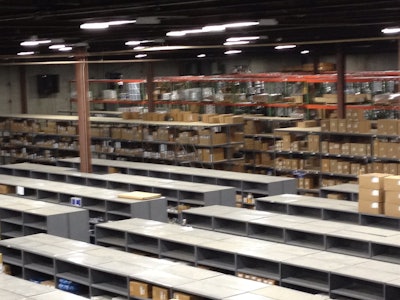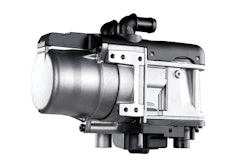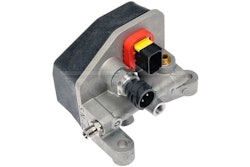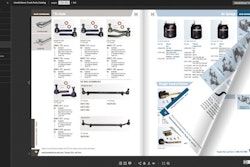
By John Blodgett, MacKay & Company
I’ve had a number of recent conversations with folks about the current economy and the potential for a slowdown or even a recession next year (which may be the topic for next month’s column).
At some point in these conversations, I’ll often hear, “Well, at least if we do have a slowdown, the average age of vehicles will increase and older vehicles consume more parts so it will be good for the aftermarket.”
If you believe this and want to continue believing it, you should probably skip to the next article.
The argument has some valid points but the conclusion simply isn’t valid:
- Newer trucks do consume far fewer parts than older vehicles, most of which are mileage-driven maintenance items (brakes, filters, etc.).
- Older trucks do annually consume more parts than newer vehicles, but only if utilization rates and annual miles remain constant, which they do not.
- In select “sweet spot” years, parts consumption per vehicle spikes, especially when major work on engines and/or drivetrain components is required. Years seven and eight are typical examples of “spike” years.
- Beyond these “sweet spot” years parts consumption per vehicle drops as trucks move into the hands of second and third owners who typically do not use these vehicles as intensively — and often do not maintain them as well as their previous owners.
- Product and maintenance improvements continue to push “sweet spot” years further out, often to the point where the second or third owner will selectively repair rather than overhaul, further crimping the annual value of parts consumption.
- Parked equipment, whether in a fleet yard or on a dealer lot, consumes no parts; a severe softening pushing equipment to the fence for a few months or more benefits no one and certainly negatively impacts the aftermarket.
In strong new truck years (2018 being the best recent example) the operating universe grows and the average age decreases. Often marginally acceptable units are retained to accommodate increased business.
But once business slows, new truck sales shrink — 50 percent reductions are unfortunately not uncommon. Most of the older equipment is then jettisoned to the used truck market, into the hands of second or, sometimes, third owners. The average age of the overall fleet increases, but the parts aftermarket may remain flat or decrease.
If an economic downturn is really significant, equipment of all ages gets parked and the aftermarket shrinks for sure. We have seen examples of the cannibalization of parked equipment that occurred during the last recession.
If average age is increasing, this is not a good thing for the aftermarket in the long term. The best thing for a strong aftermarket is strong retail sales, which means more trucks to age over time and more need for parts and service. Ideally, a decreasing average age is the best outlook for the aftermarket.
Bottom line?
There are far too many variables to consider to flatly assume that a downturn in the economy and in new truck sales will boost the aftermarket.
John Blodgett has worked for MacKay & Company for more than 20 years and is currently vice president of sales and marketing, responsible for client contact for single- and multi-client projects. He can be reached at [email protected].










